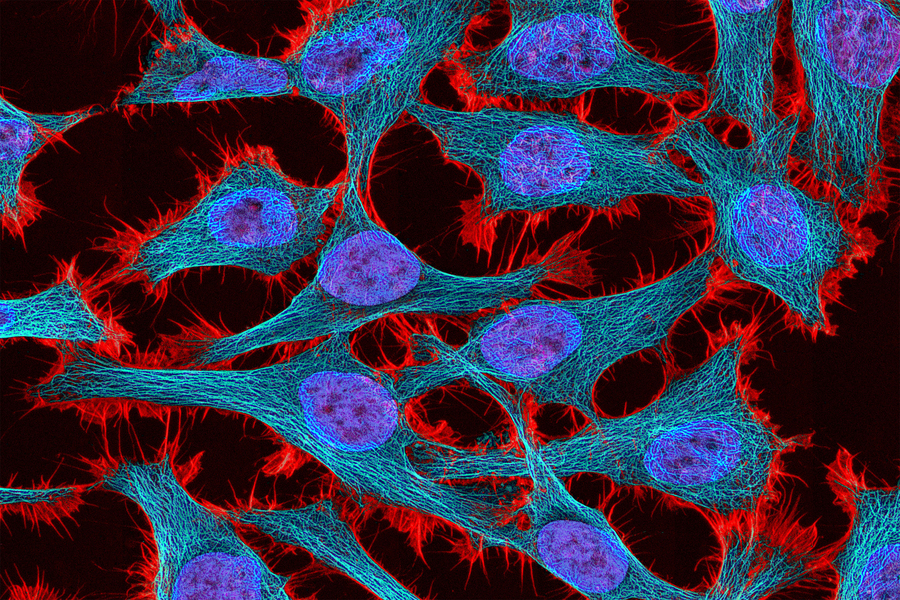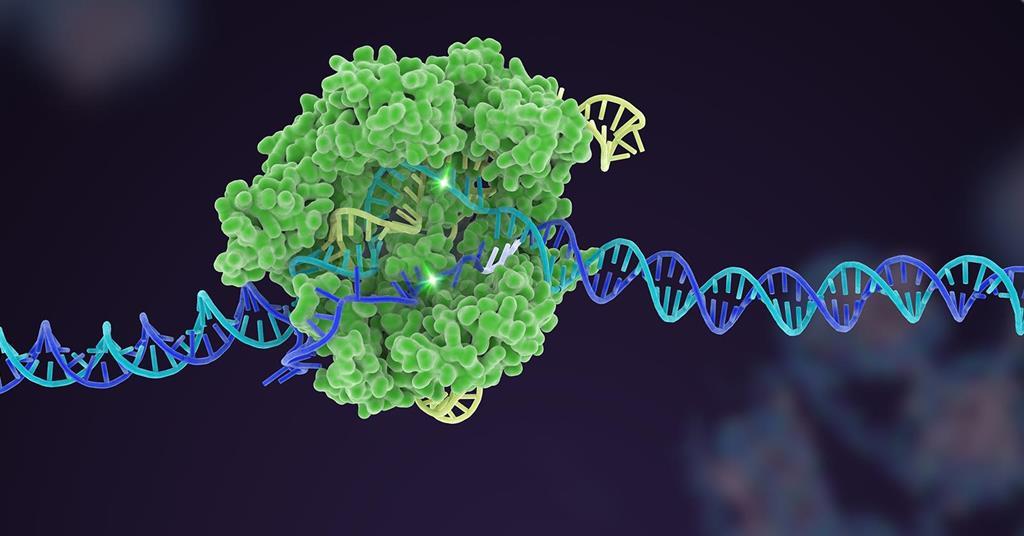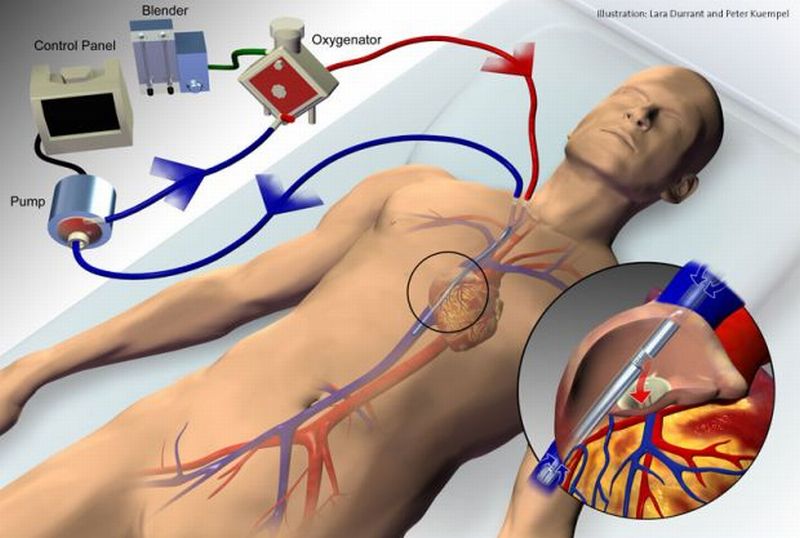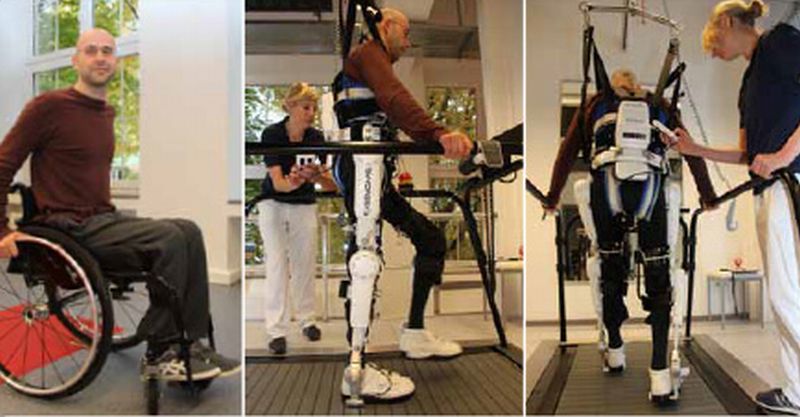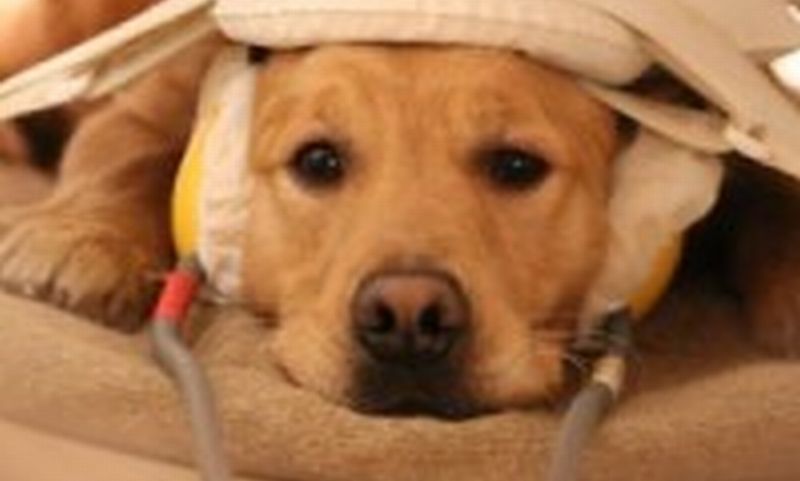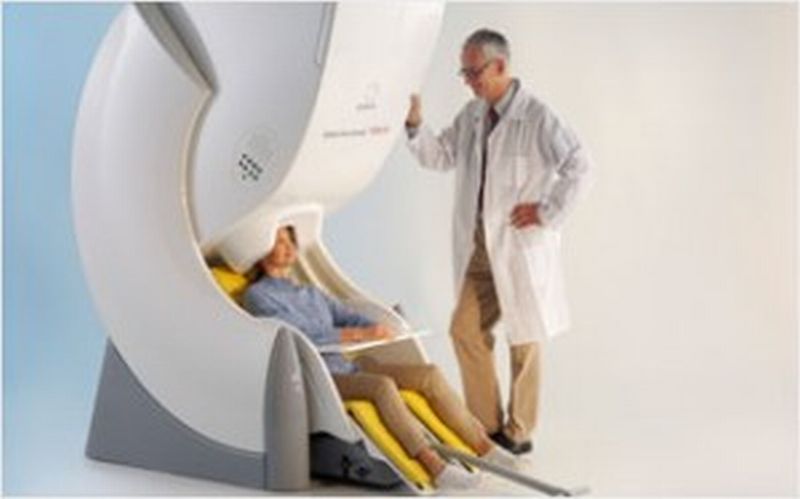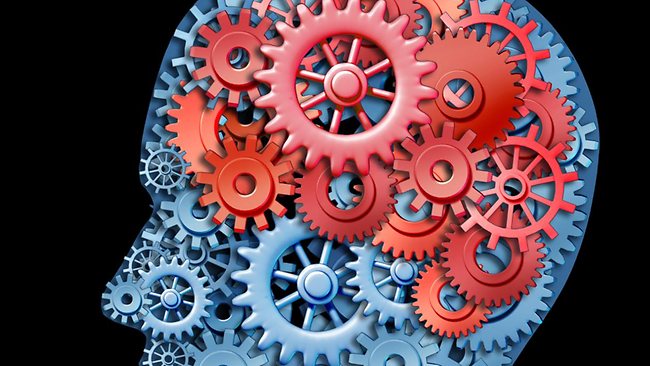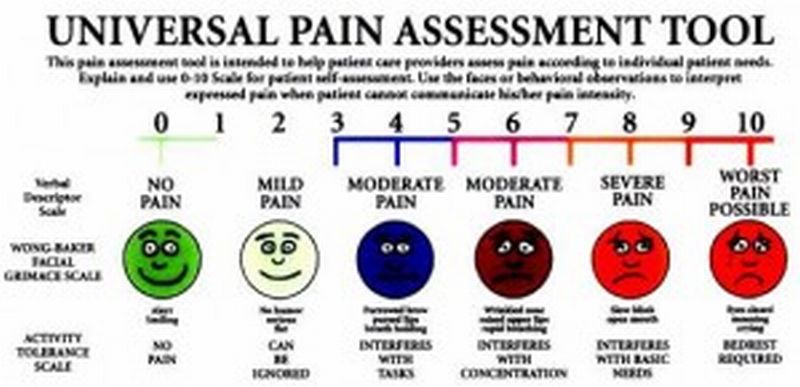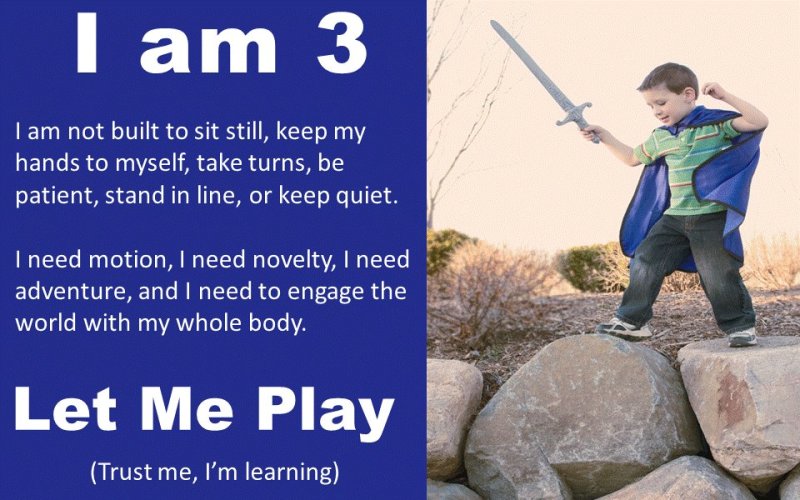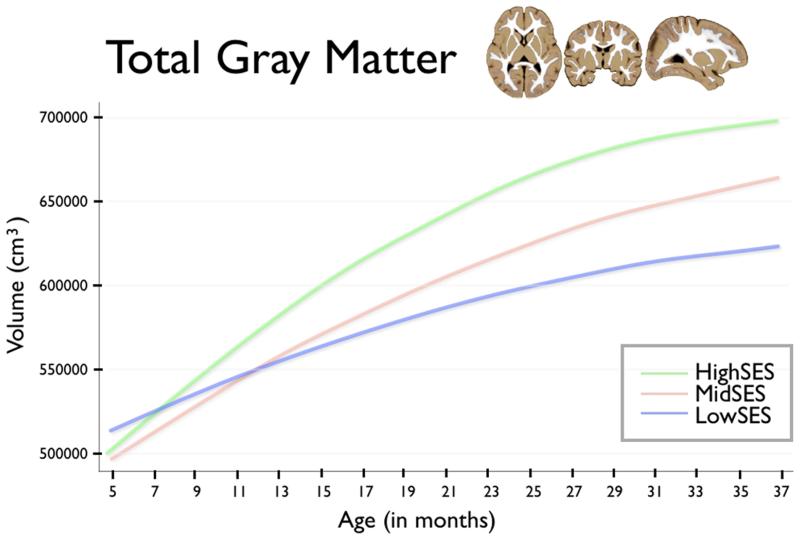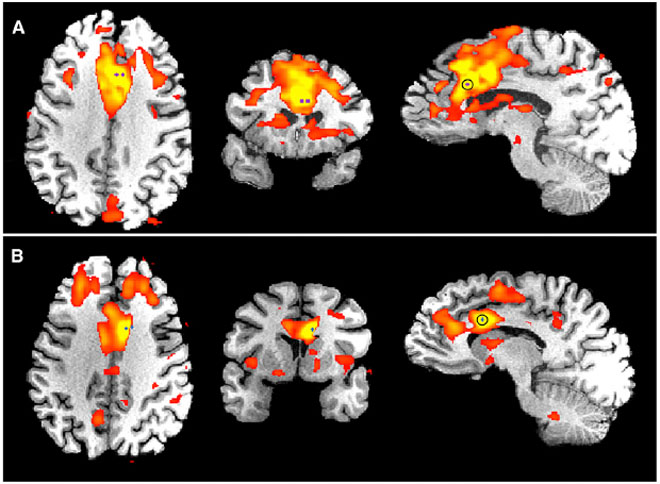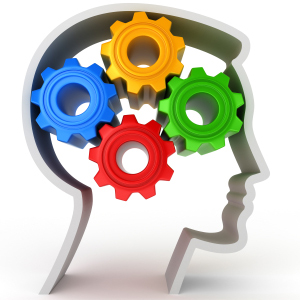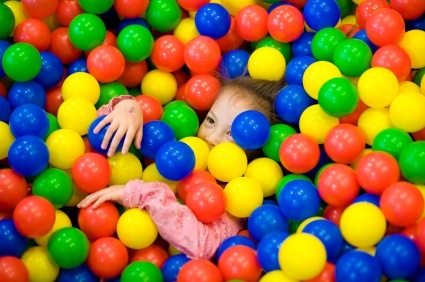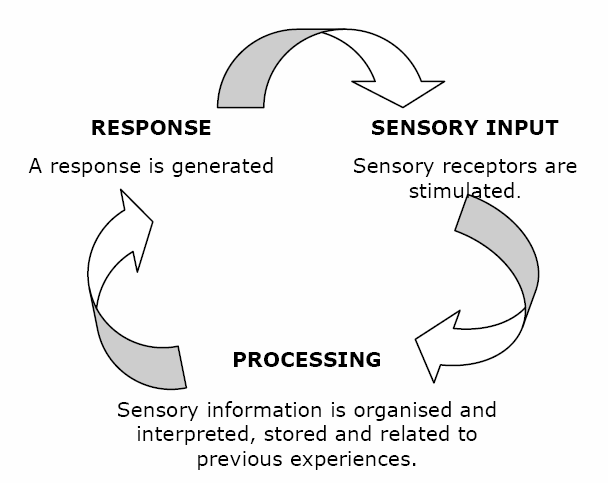For years, researchers have been trying to fix genetic diseases by simply adding back the missing gene. The idea is pretty straightforward, if a disease is caused by a faulty or missing gene, just give the patient a working copy. But the tricky part has always been figuring out how to control how much of that gene gets used in the body.
Read MoreTag: therapy
Compact Cas7-11 Enzyme for RNA Editing: CRISPR-Cas System
The CRISPR CAS9 system famously known as genetic scissors was discovered by Emmanuelle Charpentier and Jennifer Doudna in 2012. And since then, the new tool has been studied extensively across global academia. Initial studies of the genome editing tool altered only the DNA. However, lately the CAS system is also studied for editing RNA. What is CRISPR-CAS system? CRISPR-CAS system is an adaptive immune system of bacteria, which protects it from invaders. Also, it defends the bacterial host from renewed infection as it memorizes previous infections. DNA has the fingerprint.…
Read MoreMicrofluidic device that mimics the actual Biological System: Alternative to Lung Ventilators
Technology that would help in fabricating vital characteristics of lung structures would lead to safer and promising alternative to specific types of respiratory and cardiac machines used for treating patients whose lungs have failed to respond due to disease or injury.
Read MoreHAL Therapy: The Medical Service with Robot Suit
Team of researchers at the Centre for Neurorobotic Movement Training (ZNB) in Bochum is testing the HAL robot suit, which was initially fabricated by Japan in 2011. The robot suit was aimed at providing self-sufficiency to patients who have been paralyzed from the waist down. The condition, paraplegia causes impairment in both motor and sensory function of the lower limbs hence, the brain signals fail to co-ordinate within the limbs. And the weak signals are then lost within the system. It is here that the HAL robot suit comes into play.…
Read MoreDogs and Humans Both Have Dedicated Voice Areas: A Research
A recent Hungarian study proved that dog’s brains, similarly to humans’, have areas that are dedicated to recognizing emotional cues in voice. The study was conducted by Attila Andics of the MTA-ELTE Comparative Ethology Research Group in Hungary. Anidcs said that “Dogs and humans share a similar social environment,” “Our findings suggest that they also use similar brain mechanisms to process social information.” “This may support the successfulness of vocal communication between the two species,” he added. The study was made possible by training 11 dogs to lay still throughout the…
Read MoreNeurofeedback And Brain Power
The advanced brain imaging technology magnetoencephalography (MEG) could be the next big thing in the world of neurology and rehabilitation. “MEG is a new technology that measures the very faint magnetic fields that emanate from the head as a result of brain activity”- PBS.org . MEG measures and captures magnetic fields generated by nerve cell circuits in the brain at a matchless time resolution. This gives us the ability to observe brain activity as it happens, according to Dr. Sylvain Baillet, acting Director of the Brain Imaging Centre at The…
Read MoreCognitive Abilities in The Ageing Brain
“Imagine someone who knows two people’s birthdays and can recall them almost perfectly. Would you really want to say that person has a better memory than a person who knows the birthdays of 2000 people, but can ‘only’ match the right person to the right birthday nine times out of ten?” This question was part of Dr. Michael Ramscar’s argument to explain his new study which refutes a previously accepted idea regarding the young and the old brains. While it was widely accepted that older brains decline in cognitive function…
Read MorePain Sensitivity and the Brain
The grey matter of the brain is a major component of the central nervous system which includes regions of the brain involved in muscle control, sensory perception such as seeing and hearing, memory, emotions, speech, decision making, and self-control- Wikipedia. While grey matter is known to include “regions of the brain involved in muscle control, sensory perception such as seeing and hearing, memory, emotions, speech, decision making, and self-control”-Wikipedia, it is now thought to be involved in our sense of pain. A recent study conducted by scientists at Wake Forest…
Read MoreFree Play For Everyone (2)
A child’s main occupation in life is PLAY, which puts it high up the ladder of priorities in the world of child care. As promised earlier, this article is dedicated to parents who are looking for simple affordable ideas to boost their children’s play skills as well as overall development through play. When it comes to purposeful play, simplicity works just fine. It doesn’t have to be complicated or expensive at all. All you need to do is introduce simple themes and play tasks in a way that captures your…
Read MoreFree Play For Everyone (1)
As promised in my last article, today I start a new series of posts to direct parents on how to spend what I like to call “smart times” with their little ones, and play games that will support a healthy development. In order to play right, a parent must know the types of play and the normal development of play in a child. This will give parents an opportunity to target the different types of play during their shared quality time. The main types of play are acquired throughout the…
Read MoreLink Between Brain Development And Poverty Found
(SES) refers to socio-economic status households. It is known amongst education and health professionals in the field of child development that early years’ experiences have a huge effect on children’s ability to acquire developmental milestones. Such experiences are greatly associated with family lifestyle and conditions. A new study found a connection between the child’s brain development and family income. The study was conducted by researchers from the University of Wisconsin–Madison, who proved that families living with incomes under 200 percent of the federal poverty line have less gray matter in their…
Read MoreElectrical Stimulation Provokes The Will to Persevere
I am sure that we have all heard stories of people who lead a fight with death, and won the fight against all odds. Such stories are no longer told for mere inspiration to hold on to life and declare war on hardships. It is now in fact being studied from a scientific point of view. A group of scientists believe that they may have discovered the brain part responsible for the “will to persevere”. The anterior midcingulate cortex has always been believed to play a role in emotions, pain…
Read MoreSynaesthesia is More Common in People with Autism
A new study suggests that people with autism are more likely to have synaesthesia. As explained in my previous article, Synesthesia is a neurologically based phenomenon in which stimulation of one sensory or cognitive pathway leads to automatic, involuntary experiences in a second sensory or cognitive pathway- News-medical.net The study was carried out by a team of scientists led by Professor Simon Baron-Cohen at the Autism Research Centre at Cambridge University. The research team started their work from the assumption that both people with Synaesthesia and those with autism have atypical…
Read MoreSensory Integration Dysfunction: The Dysrhythmia Within (3)
In continuation of the Sensory Integration series of articles, today I will be discussing the third element of practice pertaining to Ayres’s sensory integration theory; which is her suggested treatment approach, referred to as sensory integration therapy. Ayres’s therapy techniques provide the child with various sensory experiences through play. One of the basic assumptions over which Ayres’s work was constructed was that the central nervous system is plastic. Neuroplasticity refers to the brain’s ability to change or be modified. Based on this assumption, sensory integration therapy is hypothesized to cause…
Read MoreSensory Integration Dysfunction: The Dysrhythmia Within (2)
As discussed in my previous article, sensory integration dysfunction could seriously affect a child’s life if not diagnosed and targeted properly, thus, accurate diagnosis is of utmost importance. Sensory integration dysfunction could be a tricky disorder, as symptoms may look similar to other disorders. One example of such disorders is Attention Deficit Hyperactivity Disorder, popularly known as ADHD. In both disorders, a child might present as hyperactive, or may face difficulty paying attention in class. Sensory integration dysfunction has also been often misdiagnosed as autistic spectrum disorder due to some…
Read More
